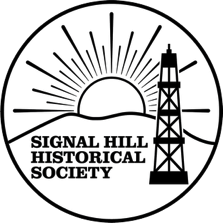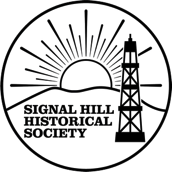
Preserving the Past
for our Future
Celebrating 100 years
Welome to the Signal Historical Society
We hope you enjoy learning more about our fascinating city here on our site.
ABOUT US:
We meet on the Second THURSDAY of each month at 5:00pm at the Signal Hill Library.
Currently we have a table at Signal Hill's Concerts in the Park. Come visit us and say Hi.
Our next meeting is September 12, 2024
OUR MISSION is to develop, promote, perpetuate and preserve the local historical background of the City of Signal Hill and its surrounding area, through activities such as:
Providing for permanent preservation and display of materials and objects of historical and archeological interest, as feasible, in an appropriate housing such as a museum, gallery or library, and make them available to those who wish to view, examine and study them. And so much more...
The Signal Hill Historical Society is a non-profit public benefit corporation duly incorporated in the State of California since August, 1983.
Contributions may be tax deductible as SHHS is a registered 501(c)3 EIN 33-0004198
be sure Signal Hill Concerts in the ParkWednesdays at 6:00pm: July 24, 31, August 7, 14
Visit our table and say Hi.
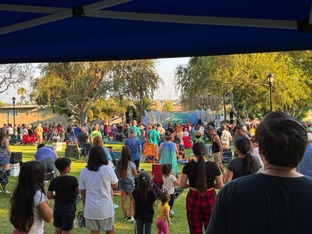
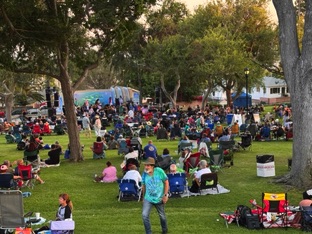
Signal Hill Historical Neighborhood Walking Tours
The Signal Hill Historical Society is hosting the first-ever walking tours of Signal Hill historical neighborhoods this summer.
We ptanned 4 great tours of different neighborhoods, there are 2 remaining. (see below)
These tours focus on the history, architecture, and human interest of Signal Hill's historic communities. The tours will be an easy walk along the public sidewalks; we will not go inside the homes.
Local historian Joe Holliday gives you an incredible review of the neighborhoods and the incredible detail obout the styles of toe mes that were built before 1040.
We hope you can join us on one or all of the four tours. Below is the schedule of these 90-minute tours, which are essentially the first Saturday morning of every month.
Final Two Walking Tour Schedules
Saturday, August 3, 9am:
South Signal Hill historic neighborhood. Meet at Raymond Arbor Park, just south of Raymond and 19th St.
Saturday, August 31, 9am:
West Signal Hill historic neighborhood. Meet in front of 1234 Burnett St, just east of Orange Ave.
Be sure to get your free copy of Historic Homes inf Signal Hill with over 50 historic listed.
Photos are from the North Signal Hill Neighborhood tour
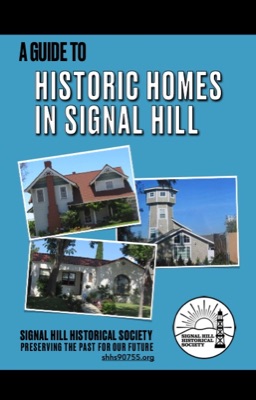
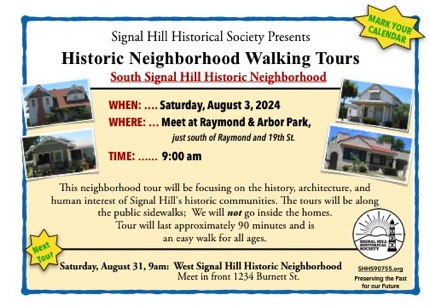
Quick Links
Interesting Historical VIdeos on YouTube:
Oil in Signal Hill - Video story
Song of Signal Hill - John Malcolm Penn
Yes there is a real song of Signal Hill. The words are on a framed poster inside City Hall.
I remember Long Beach by Dennis Marowski
How an Oil Will is Drilled 4 minute YouTube video about LA Oil
Quick Links
Good Reading about Signal HIll
A 24 part series published in the Star Tribune 1990 - 1991 Written by Julie Bendizick-Sin.
Stories, mysteries, Model T Hill Climb, Cucumber Hill and more of Signal Hill
More to come soon
Did you know…
Signal Hill rises up 110 meters (365 feet) behind Long Beach, 32 km (20 miles) south of Los Angeles. Its name is derived from a local Native American practice of signaling to each other from the imposing hill. Because of its size, signals could be sent by way of smoke or fire either to other hills in the area, or to boats out at sea.
Oil was discovered in June, 1921. By April 1922, only 10 months after completion of the discovery well, Signal Hill was covered with 108 wells, producing 14,000 barrels daily. By the fall of 1923, 259,000 barrels of crude was being produced every day from nearly 300 wells. Signal Hill was the biggest field the already productive Southern California region had ever seen.
In 1923, Signal Hill produced 244,000 barrels, alongside Huntington Beach (discovered in 1920) at 113,000 and Santa Fe (1921) at 32,000. This made California the nation’s number-one producing state, and in 1923, California was the source of one-quarter of the world's entire output of oil.
Oil men first started exploring the area in 1916 after the successes of other ventures in southern California. In 1921, Dr. W. Van Holst Pellekaan, chief geologist for Shell, tried to stop the drilling at Signal Hill, unconvinced of its potential. He was too late, however, and the drilling proceeded.
The Shell Game
Shell's reluctance to drill Signal Hill was understandable. The company had spent three million dollars at Ventura in the previous 5 years, and had no oil to show for it. Only 4 years before, Union Oil had drilled an unsuccessful well (also known as a "duster") on Signal Hill. But it was ultimately the tenacity of Frank Hayes and Alvin Theodore Schwennesen, geologists with Shell, that moved the project forward.
Work began on the Alamitos #1 well on March 23rd, 1921. By May 2, the hole reached 843 meters (2,765 feet) and gave a showing of oil. Soon thereafter, 21 meters (70 feet) of standing oil was found in the bottom of the hole. But still, no oil flowed, and the crew, lead by driller O.P. "Happy" Yowells, began to wonder what exactly was happening. Then on June 23rd at 9:30 PM, the Alamitos #1 erupted with so great a gas pressure that oil gushed 35 meters (114 feet) into the air. Unfortunately, the bottom of the hole soon caved in. Much cleaning of the hole was required and on June 25, 1921, the well was producing more than 1,000 barrels of oil per day. The well would eventually produce 700,000 barrels of oil.
The Rush is on….
The discovery created a stampede. While the well was being drilled, the area was in the process of being subdivided into residential lots. Many of the lots, though already sold to prospective homeowners, were not yet built upon, and potential homeowners quickly changed their minds and entered the business of looking for oil, hoping to get rich quick. The parcels of land were so small and the forest of tall wooden derricks so thick that the legs of many of them actually intertwined. Oil promoters were selling shares of wells that had not yet been drilled. Signal Hill was to prove so prolific that, almost unbelievably, many of those buyers actually made money on their investments. The next-of-kin of persons buried in the Sunnyside Cemetery on Willow Street would eventually receive royalty checks for oil drawn out from beneath family grave plots.
By April 1922, only 10 months after completion of the discovery well, Signal Hill was covered with 108 wells, producing 14,000 barrels daily. By the fall of 1923, 259,000 barrels of crude was being produced every day from nearly 300 wells. Signal Hill was the biggest field the already productive Southern California region had ever seen.
In 1923, Signal Hill produced 244,000 barrels, alongside Huntington Beach (discovered in 1920) at 113,000 and Santa Fe (1921) at 32,000. This made California the nation’s number-one producing state, and in 1923, California was the source of one-quarter of the world's entire output of oil! Even so, fears of shortage were still very much in the air. "The supply of crude petroleum in this country is being rapidly depleted", the Federal Trade Commission warned in 1923. But in that same year, American crude oil production exceeded domestic demand for the first time in a decade.
Remote location turns into tanker technology
Because of California's remote location relative to the industrial centers of the east, California oil companies were at the forefront of tanker technologies. As a consequence, much of the state’s market was overseas. In 1894, the Pacific Coast Oil Company and the Union Oil Company partnered to build the first true oil tanker on the Pacific Ocean.
Named the George Loomis, its maiden voyage departed Ventura, California in January, 1896, and a new era was born. The development of California oil also presented challenges to the geologist that had been seen in no other oil field. As a result, the complexities of the geology of Southern California lead to a significantly increased knowledge of petroleum geology and exploration.
By the end of 1938, the Long Beach Field had produced 614.5 million barrels of crude, 750 million barrels by 1950, and over 900 million barrels by 1980. This made Signal Hill one of the most productive fields per acre the world has ever known.
to be continued...
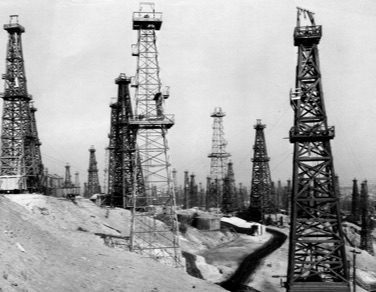
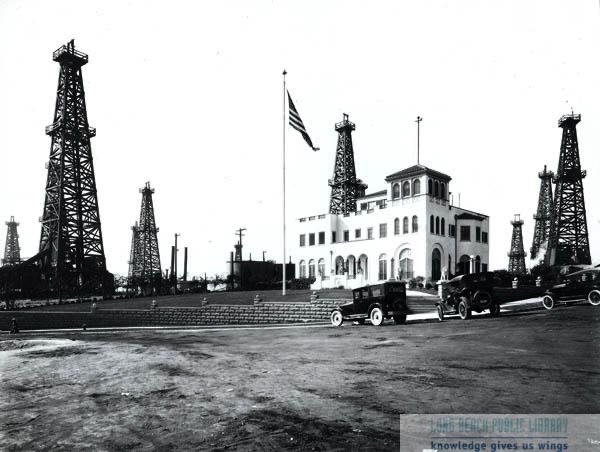

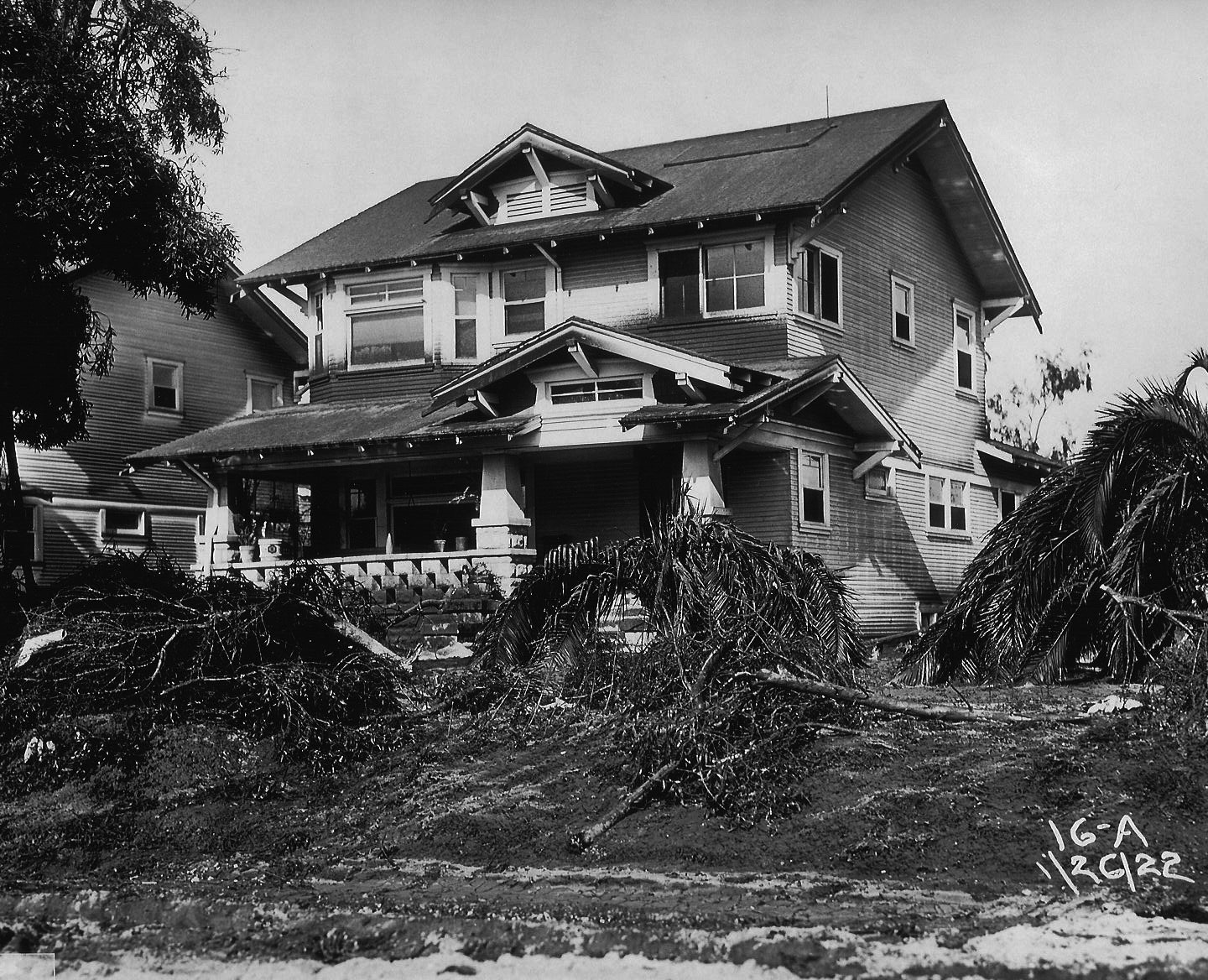
Address
2201 E Willow St D-180
Signal Hill, CA 90755
info@SHHS90755.org
